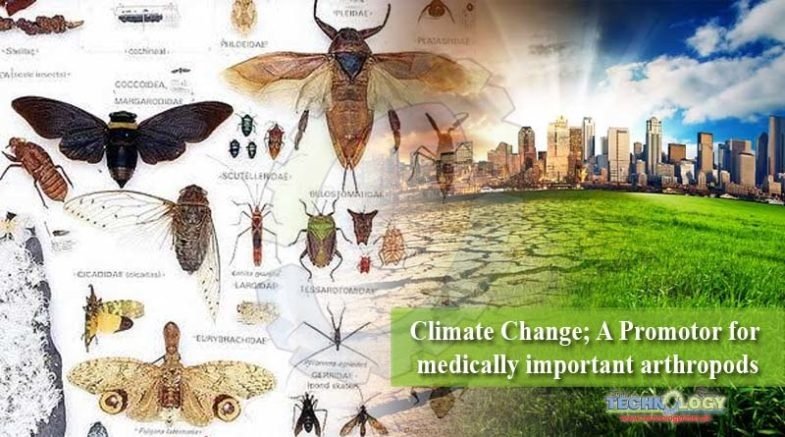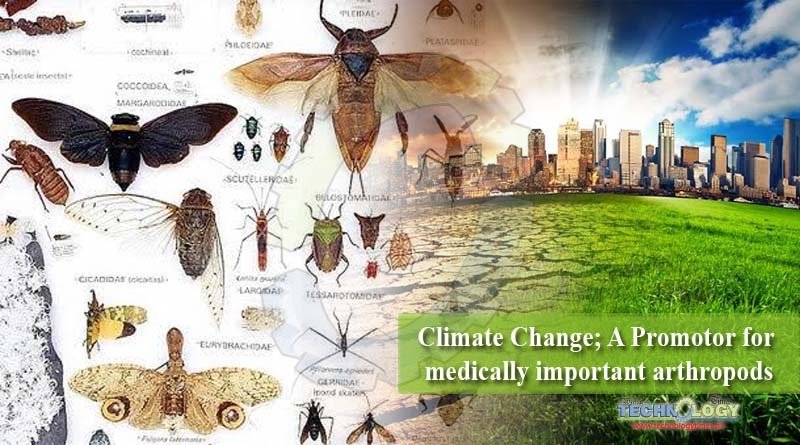Climate change is a threat for the human being throughout the world. Just because of climate change, people are facing medically and social problems like increase in poverty and migration because of natural disasters, such as sudden floods etc.
 Thus, forcing the people to move to other sites in search of safety, home and to have a sustainable life. Among the mentioned above, environmental degradation is also a principal factor as people try to exploit the resources to its fullest. Irregular, expansion of developmental process contributes in the destruction of habitats that are suitable for animals, thus ending the biodiversity of nature.
Thus, forcing the people to move to other sites in search of safety, home and to have a sustainable life. Among the mentioned above, environmental degradation is also a principal factor as people try to exploit the resources to its fullest. Irregular, expansion of developmental process contributes in the destruction of habitats that are suitable for animals, thus ending the biodiversity of nature.
In consequence of climate change, people have to face more hardship like drought conditions, unusual rainfalls and every day fluctuating temperature. All this promote the activity of medically important insects. Thus, highly fluctuating climate is likely to affect the availability of vector borne diseases.
In all the scenario, role of different gases cannot be neglected. Atmospheric concentrations of greenhouse gases, which include carbon dioxide, methane, and nitrous oxide etc are increasing to its extreme extent. It is also due to the excess use of fossils fuel, high land use either for agricultural or for developmental purpose. Thus, the above said sums up and make their contribution in increasing the Earth’s temperature. According to scientists, insects which spread diseases of public health, are greatly influenced by the concentration of CO2 and by the temperature and rainfalls. As these vectors are cold blooded, thus rapidly achieving the environmental temperature. In this scenario, animal availability is also being influenced by the climate as animals have been known to serve as a bridge in transmission of the disease.
The number of insects circulate the diseases of public health. Among arthropods Mosquitoes, Sand Flies, Ticks and Fleas are of major importance as they are responsible for the death of millions of humans. Mosquitoes the powerful flier; it can move to km’s for the search of its proper breeding site and climatic conditions rather than for suitable host. While in the case of sand flies; they are likely to be associated with their host which can provide a potential side for their breeding and a shelter, which facilitates them to have sustainable life.
Ticks and fleas are wingless and depend on their host to move to other sites while some of the ticks prefer to live in the nests of hosts. Different tick species prefer to live in open environment such as in grassy land or plots and have more quest for blood meal. The spreading of the mentioned vectors is also a severe problem. Beside their own movement, they can be transported to other regions by the human involvement such as the transmission of infected animals or any other goods such as tyres. Thus, developing themselves into a new region and ultimately, becomes the part of ecosystem.
Mosquitoes a global vector responsible for multiple diseases most likely Dengue fever, Yellow fever, Chikungunya Fever, Rift Valley Fever, West Nile and Ross River virus disease. In Pakistan, Chikungunya fever was not reported in the past but as environmental is degrading it starts to be informed. During the outbreak of Dengue in Lahore, 2011 a large of number of people was diagnosed having Chikungunya fever and same happened in 2016 (November). Different studies document that in the spread of mosquito and its pathogen / virus rainfall and temperature played a key role which resulted in its continuous resurgence in the past and same is predicted to be happened in future.
According to scientists, the development of Plasmodium stops when the temperature is low from 16°–19°C. In all the said scenario, elevated temperature hinders in the growth of malarial parasites as Plasmodium growth stops at the temperature above 33°. Thus, giving a relief for the regions where temperature remains at high for most of the time. Immatures and adult stage, is likely to be affected by the presence or absence of rainfall. Varied species of mosquito like Anopheles have been subjected to fluctuate its population during the absence of precipitation. As an example, in Nigeria, unavailability of rainfall leads to lower number of vector population.
Leishmaniasis is the most common disease caused by Sand fly. In Pakistan, this is becoming a major issue as it is expanding its region within the country. Generally, sand flies prefer drier conditions and cooler habitats with specific soil for its development. In Sudan, Sand fly activity was measured by using the climatic and environmental variables (rainfall, temperature, altitude, soil type, and satellite-derived environmental proxies [NDVI and land surface temperature]).
The results show that the sand fly is mostly available at 400–1200 mm and the temperature which favours more lies between the 34°C and 38°C. In Colombia, studies depicted that if the climate keeps fluctuating then there would be a danger of droughts which in turn can be a way for the increase of Leishmaniasis incidences. It has been said by using temperature-based models that if the global warming keeps on increasing as it is expanding now, geographic regions and seasonal distribution of the sand fly likely to increase in Southwest Asia.
Ticks are also a major threat for the local community. Ticks serve as a bridging vector between the infected animal and humans. They are responsible for many diseases such as Lyme Borreliosis, Tularemia, Babesiosis and Crimean-Congo haemorrhagic fever (CCHF) etc. Basically, ticks are divided into two groups i.e. soft and hard one. In the mentioned groups, hard ticks are responsible for transmitting CCHF disease to the community.
During the past years as because of environmental change, incidences of CCHF have been increased as depicted in the report of ‘Field Epidemiology & Disease Surveillance Division National Institute of Health’ 2016.
According to report most of the incidences occurred in the Baluchistan province and among the 101 confirmed patients 33 people lost their lives belonging to different geographic regions. However, this did not stop here and in 2017, 41 new confirmed patients got admitted in hospitals in different regions like Punjab (15), KPK (7), FATA (3) and from Baluchistan (16). In Europe, soft tick population is increasing and in Sweden soft tick is generally moving to higher altitudes in response of elevated temperature.
Fleas are the best known for transmitting Yersinia a causal agent of Plague and they are also able to transmit murine typhus. Fleas are not tolerant to extreme temperatures and low humidity. The disease caused by Fleas has caused millions of deaths in the past such as people living in Eastern Roman and remembered as Justinian’s Plague occurred during the 1540 AD. After that region, it appeared in Central Asian countries and affected Pakistan with its neighbouring countries China, India, Iran, and Afghanistan. The mortality rate in China and India was estimated to be 7% during 1994-2003.
Despite of living in the middle of Plague infected countries, Pakistan did not face any serious outbreak of the arthropods. It may likely due to lack in surveillance and unawareness of the public regarding the arthropods. However, regarding vector much has been proved that the vector is influenced by temperature alone. Above 26.7°C is thought to be crucial for the transmission of disease as studies shows that patients number fall, and epidemics comes to an end as temperature reached to 29.4°–32.2°C. Similar observation was made during the outbreak in Vietnam. However, large outbreak of plague was found to occur within the temperature range of 24° to 27°C.
Enough evidence has been provided to prove that climatic variation is a threat for the people as in most of the cases it is favouring the vectors responsible for deadly diseases in public. So, there is need to tackle with the climate change. As it can be done by effectively using our concerned authorities, public awareness and by planting trees thus reducing the temperature shift.
A major step in reducing the greenhouse gases is to reduce the usage of fossil fuels and by using the daily life things in a proper and adequate way. Conservation of natural resources can also lead us towards the elimination of vector-borne diseases and will help in dealing with the temperature shift.
